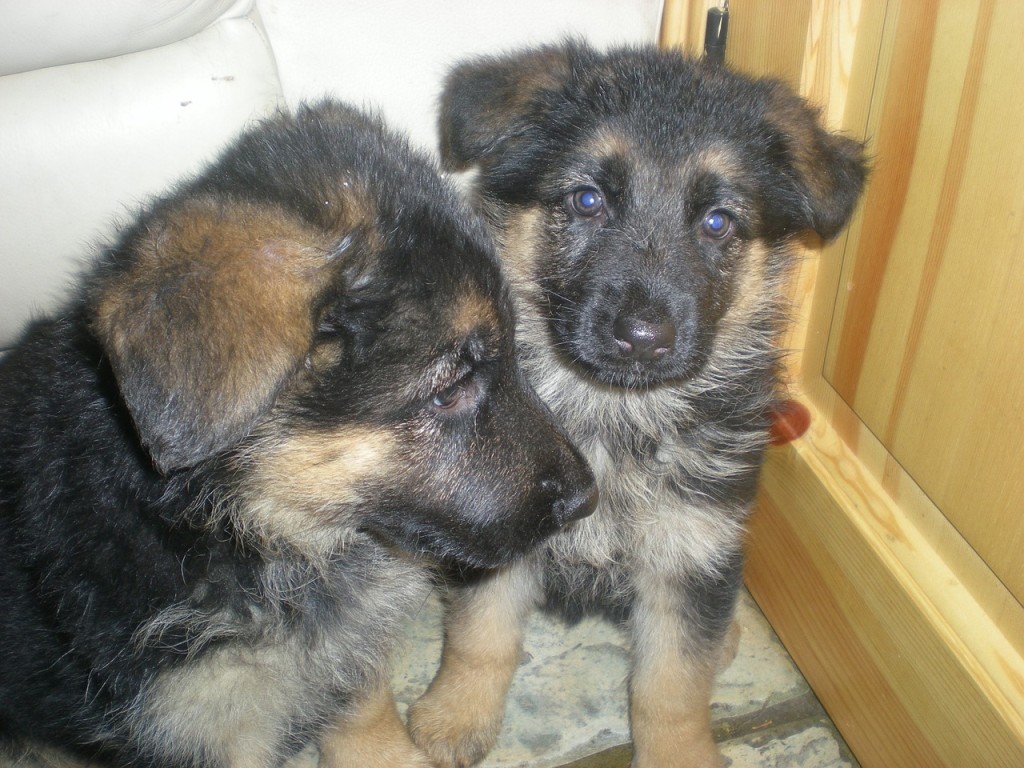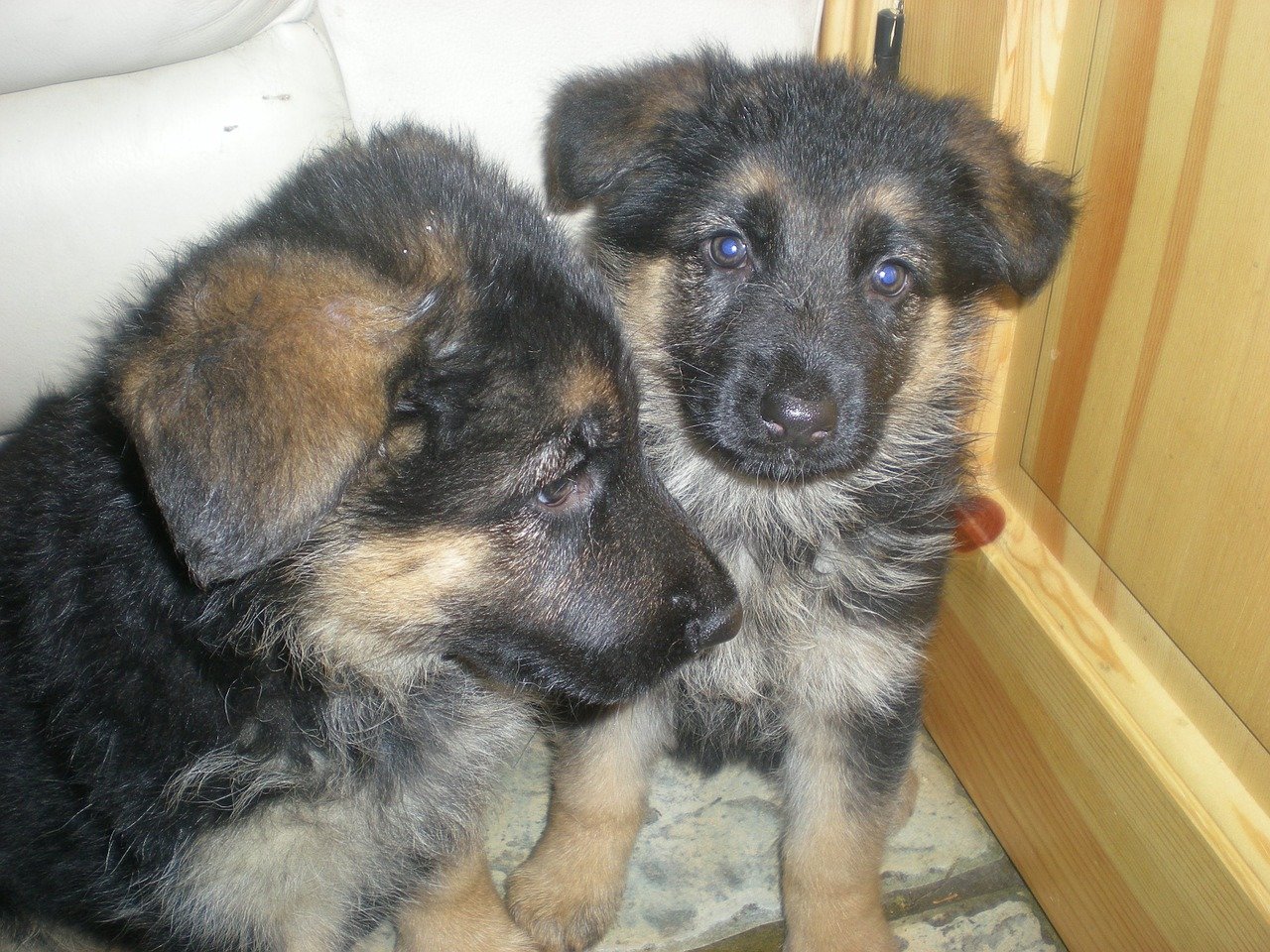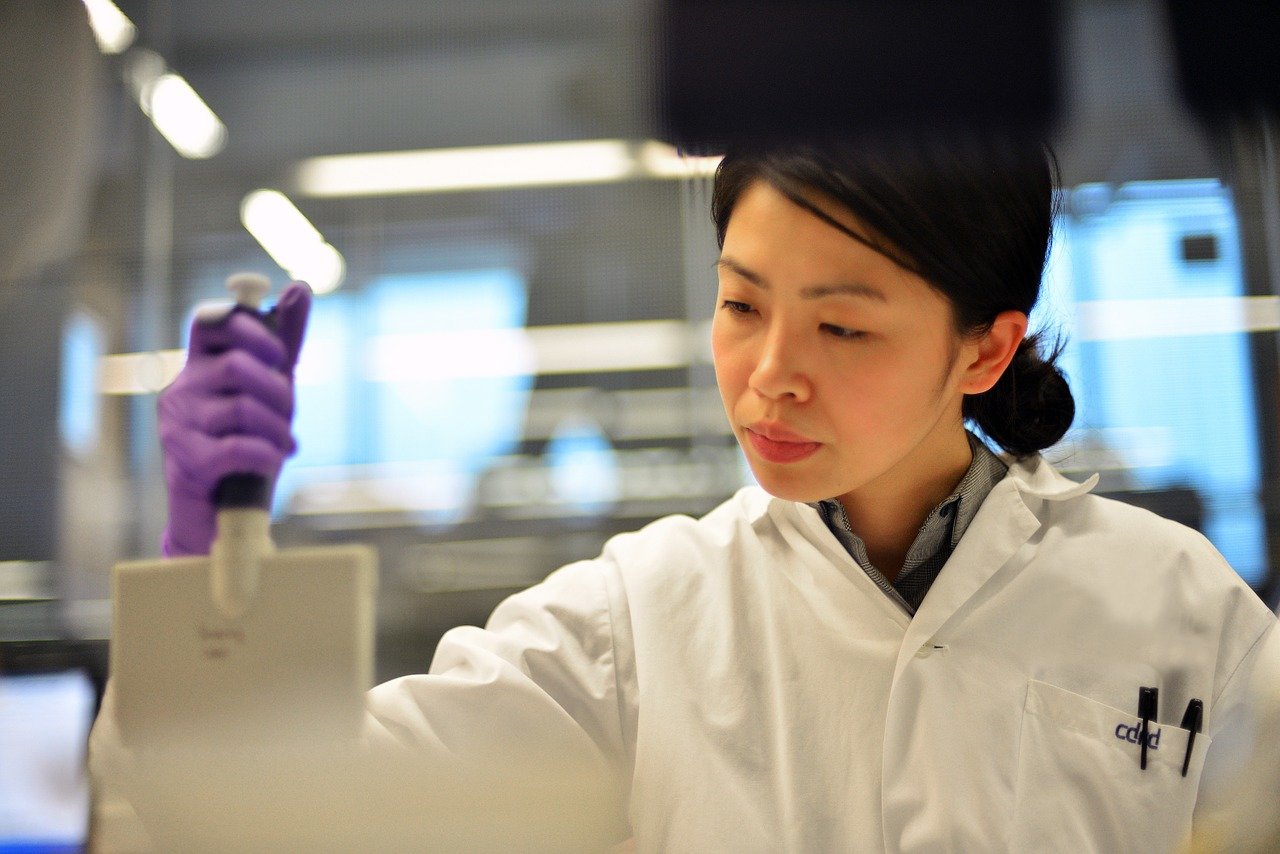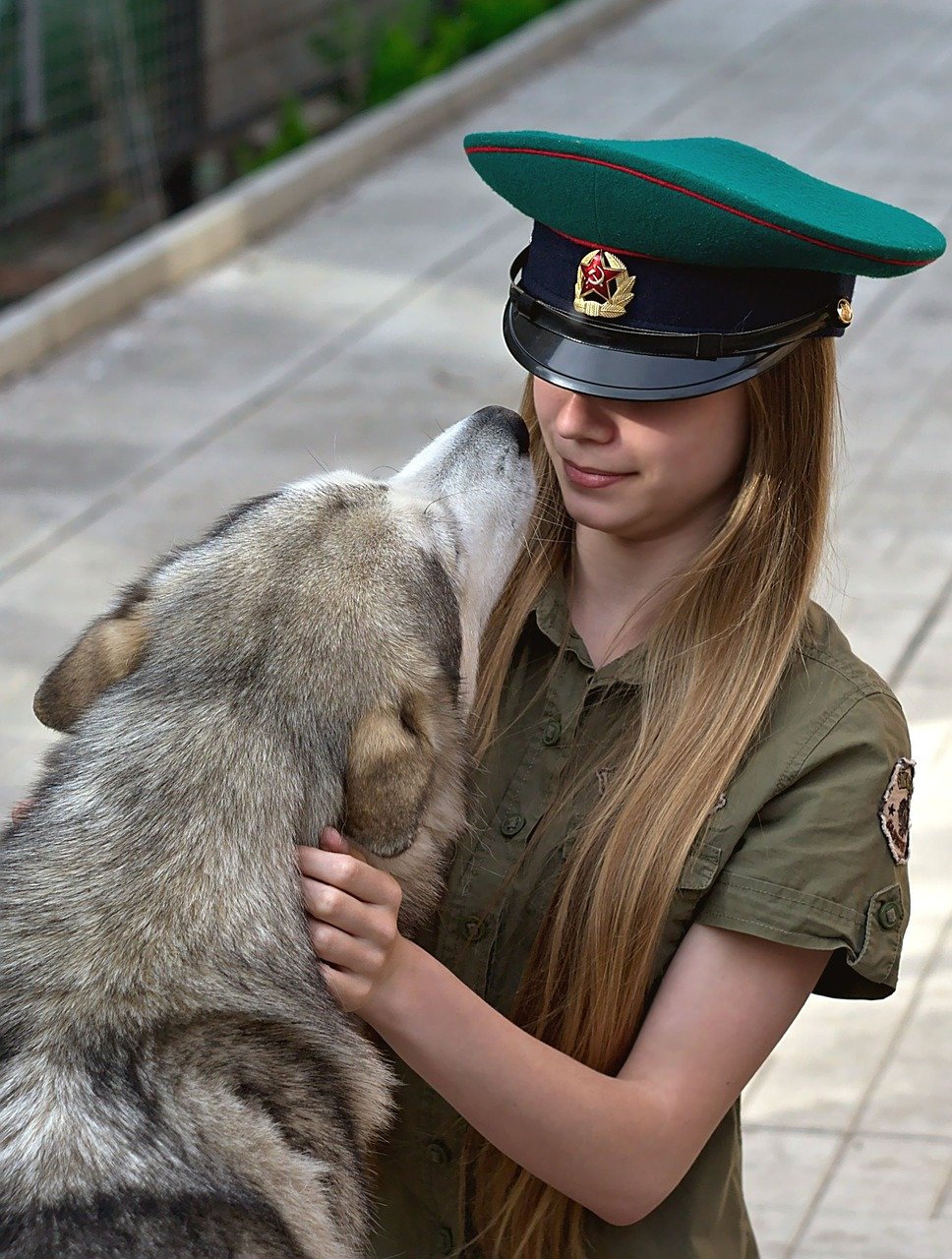
No matter how well you care for your pets, you’re either going to outlive them or something else is going to do them in.
The biological facts stand behind that. Dogs live for an average of 15 years as well as cats. Some species of parrots live up to fifty. Even estranged pet spiders can only stick around for 25 years.
Although these numbers are easy to grasp as facts, they’re harder to deal with when you’ve developed a special bond with your pet. It’s a struggle most pet owners put up with when they lose their domesticated buddies, especially for children.
They may flush the toilet after they potty everyday but it’s a lot harder when they’re flushing down their pet goldfish. That’s the reason why more and more pet owners are looking for ways of preserving dead animals.
The term taxidermy pertains to the act of stuffing and mounting an animal in their original skins.
That results in taxidermy pets. This is much similar to those hunting trophies that hunters keep in their log cabins. Those moose heads, bear rugs and antler collections are all products of taxidermy.
Today, we now have taxidermy for pets. You can have a taxidermied cat, a taxidermied dog or any other kind of taxidermy pet remains you may have.
This practice dates all the way back to 1771. Charles Darwin was still around that time, and it was him who carried the first kangaroo skin back to London during that time. Since then, the art of preserving animals in their skins has become a regular practice that now includes taxidermy dogs, cats, birds and even reptiles. Taxidermy dog and taxidermy cat clinics are now becoming a big trend and the demand is growing.

Once your pet has departed for the afterlife, you can take their remains to a licensed taxidermist to have them preserved. The process is a bit unnerving but the finished product is something that can last a lifetime.
Before they stuff a pet, the first thing they’ll do is they’ll separate the skin of the animal from their innards. The goal here is to remove anything that would rot and begin to smell as the organic remains start to decompose.
Depending on the kind of pet you have, they’ll remove and keep different parts for pet preservation. That’s why dog taxidermy is quite different from cat taxidermy.
When that’s done, the taxidermist works on preserving the skin. They use a variety of substances such as formalin and resin to get rid of any other organic leftovers that might smell overtime.
In other cases, taxidermists also tan reptile skins. Different practitioners use their own methods. At the end, you have a perpetual pet that no longer needs maintenance that will keep you company.
The stuffing and sculpting come next. Depending on how you want to remember your pet, a taxidermist must be able to position the remains of your pet in such a way that it all looks natural.
This is where you’ll see the real skill of the taxidermist. You can either end up with a carbon copy of your pet or a lop-sided mess that looks nothing like the dead pet you brought them.

Although traditional taxidermy is making a comeback, there are new players in the market that are also making a buzz. Practitioners are now entering a new phase of pet preservation through freeze dried pets and cloning.
What sounds like a sci-fi movie concept is now a reality for pet-owners who don’t want to have a taxidermist split their pets open. Instead, they opt to freeze dry your pet.
It’s not a new piece of technology, though. Have you ever tried microwave dinners before? Those are examples of freeze dried food items. Today, you can now have freeze dried animals as well.
How does freeze-drying work? Practitioners take out the organs and the fat from the animal’s body. These things don’t freeze very well and will ruin the freeze dried taxidermy process.
Once the pet has been prepared, they are positioned inside a taxidermy freeze dryer that takes out all the moisture from their bodies and freezes them at the same time. The key to freeze dry animals is that you need to remove the components that might still thaw out. That’s why the organs and fluids are removed. Without the moisture, freezing them will keep them permanently locked in suspended animation.

Would you go for a stuffed dead dog or a freeze dried dog? Both methods achieve the goal of preserving your beloved pet, but the pros and cons for both could cause you to choose one over the other.
With traditional taxidermy, the over-all quality of the product of freeze drying animals really rests on the skill of the taxidermist. This is why you should choose your clinic wisely. Traditional taxidermy is a combination of several different skills all coming into play.
You’ve got to be able to sculpt, stitch, tan, cut, position and separate flesh from skin. There’s also framing involved. With that being said, a license is sometimes just a bare minimum before you can really call someone a taxidermist.
You could come up with an exact replicate or an abomination of your pet’s old skin.
There’s also different animal specializations. There are practitioners who are good with taxidermy for dogs but won’t touch your pet parakeet. This is because different animals have different parts that make each of them a different challenge from the other. Dogs don’t have beaks while reptiles don’t have fur.
The main drawback to freeze-drying animals is that it takes some time. It only takes a few hours for water to turn into ice, but it’s not the same case with flesh. It’s not just a question of hours; it’s a question of months.
A large dog could take a full year to freeze over through freeze drying taxidermy. Even small cats could take about six months before they’re done. Freeze drying pets that are small could take more than a couple of months.
There’s also the costs involved with freeze-dry taxidermy. Depending on the kind of animal that you have, you could end up shelling out thousands of dollars to have them immortalized.
You’re charged based on how heavy your pet is (was). Any animal weighing under 10 pounds could already cost you more than $800, with an average of an additional $35 per additional pound after that.

The preservation movement doesn’t stop there. Besides freezing and stuffing the remains of your pet, you can also opt to recreate an exact, living, breathing clone of your pet. The best part about this is that you’ll start from square one of their life cycle.
Old Lassie becomes a pup once again and will stay with you for the whole nine yards thanks to dog cloning.
From the humble beginnings of Dolly, the first cloned organism, the technology to reproduce genetic copies of something has now made its way into a semi-commercial environment. Today, you can now have a cloned dog for nothing short of a small fortune.
The value of a dog cloning cost plan is no joke. If you have roughly $100,000 prepared for pet preservation expenses, you can have your pet cloned using their DNA. You can take your pets’ DNA to a South Korean laboratory to have the DNA cultured and implanted into another dog that gives birth to your clone. Don’t worry, they also do cat cloning.
Named RNL Bio, this laboratory operates under the supervision of Professor Lee Byeong-Chun. You’ll know them as the first team in the world to have successfully created the first clone dog.
According to their company, they’re providing pet owners with the opportunity to have only have one pet for the rest of their lives. In order to be able to clone your pet, you would need a sample of their DNA.
That could be anything from a patch of skin, an ear or even an eye. Take note that these samples have to be obtained while your pet is still alive. You can have your vet extract these samples for you.
If your pet dies in an accident, you have 5 days to secure a sample of their DNA before the decomposition process affects their tissues, making them impossible to clone.
Once you have the samples, you have to store them somewhere safe, and the bottom drawer in your cabinet will most certainly not do. You would have to store them at one of several DNA banks that provide special low-temperature storage facilities that will keep your pet’s DNA fresh.
Although the clones may look identical, it’s not guaranteed that they’ll act the same way. This is because behaviors are only partially controlled by DNA. You might be in for a few new tricks from the old dog that you used to love.
There’s also the chance that you may end up with more than one clone, depending on how the mother dog takes care of the DNA that the laboratory gives her. Of course, you get to keep all of them.
On top of that, there’s only a reported 25% success rate with cloning pets. Although you’re only asked to pay when you get your cloned pet, it could take months or years of waiting before you hear of good news.
It all really depends on the pet owner. Do you want a remembrance instead of a carcass? Do you want to keep on living with the same pet as if nothing happened? There’s also a question about budget. Although the market is hot for these practitioners, they are by no means cheap. Each method requires special skills, equipment and technical knowledge that comes at a premium.
The next question to ask yourself is how much do you really love your pet? Is it enough to have them immortalized or cloned?
A Beginners Guide to Deer Taxidermy
02 Sep, 2015DIY Taxidermy: We All Have to Start Somewhere
29 Aug, 2015Bird Taxidermy for Dummies
19 Aug, 2015The Definitive Bear Taxidermy Primer
13 Aug, 2015Faux Taxidermy: Is the Real Deal Too Much?
10 Aug, 20159 Times Taxidermy Went Viral: When The World Reacts
10 Aug, 201515 Great Taxidermy Blogs You Should Be Reading Now
04 Aug, 2015All The Different Types of Taxidermy